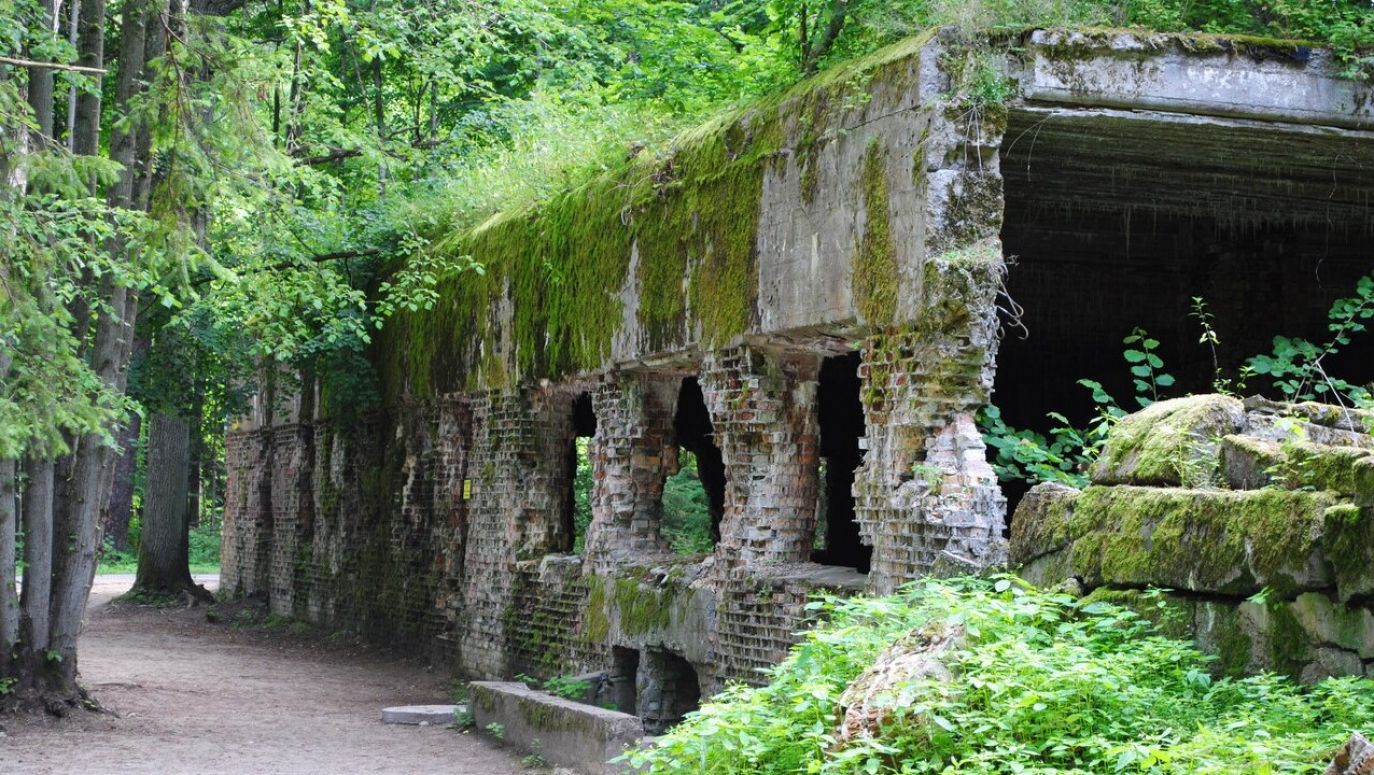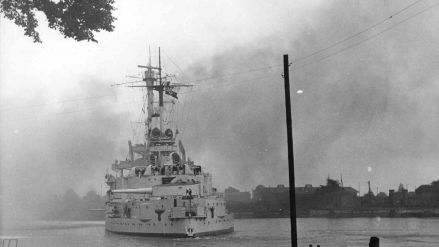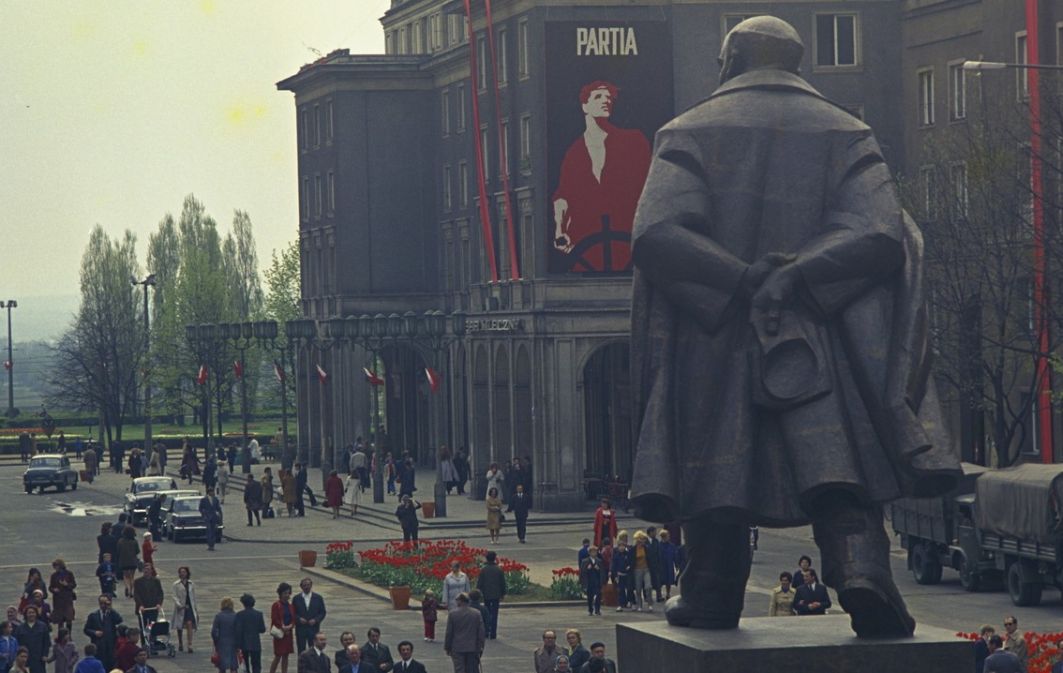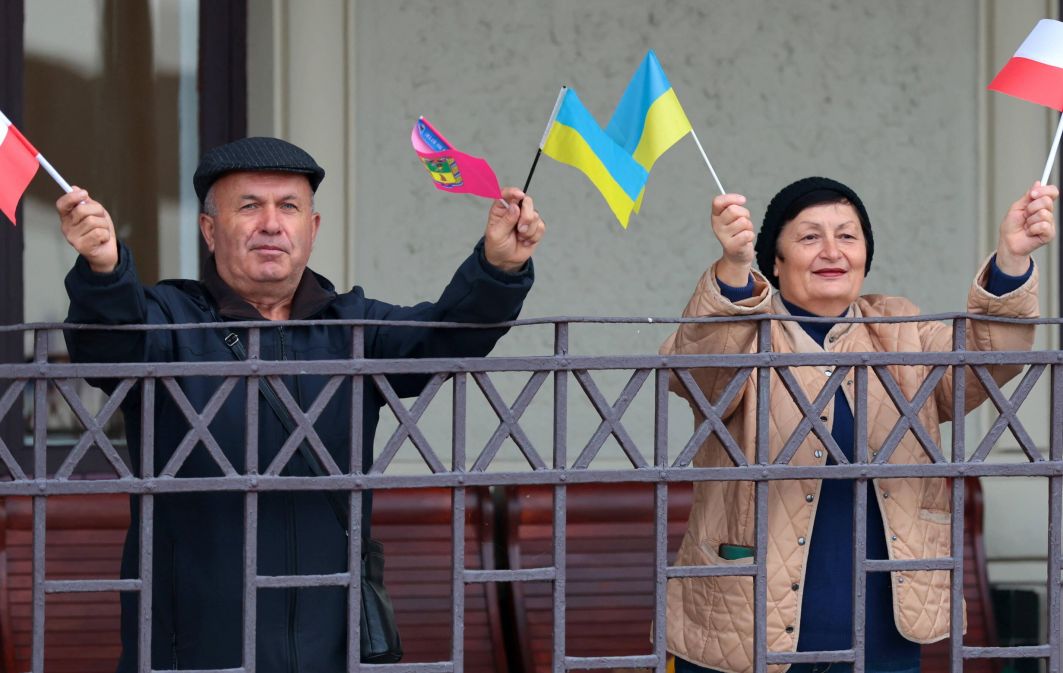I would like to emphasize that by creating exhibitions and telling the history of this place, we do not glorify Nazism in any way. Nor do we present Stauffenberg as a hero. In one of the barracks there is an exhibition hall summarizing the German anti-fascist movement and he is not particularly exposed there, unlike, for example, the White Rose organization. It is clear that he was a Nazi through and through, an anti-Semite. He hated and despised Poles, as it is written in his diaries... He wanted to kill Hitler to prevent the military defeat of Germany under his leadership, i.e. he wanted Germany to win this war while it was still possible... His aim was not to make the gas chambers stop smoking. He was a war criminal and not a convert at all. It was a fight for power and an attempt to save their own skin and property, undertaken by the group of General Henig von Trescov, known to Polish historians for the murders committed by his subordinates of Polish civilians in September 1939. We are not telling a pseudo-history here, like in a movie with handsome Tom Cruise. We rely on facts.
I visited the museum this summer…
The Wolf's Lair is not a museum -- neither state, social, regional nor private. Nor is it entered in the register of monuments. The facility has only been included in the list of monuments, which does not give conservation authorities the right to interfere with the owner's rights.
This area was transferred to the management of the State Forests at the turn of 1954/1955. However, for many years, the facility was in the hands of various external entities. Between 1992 and 2012, it was handled by the "Wilcze Gniazdo" company but unfortunately the commitment lacked heart and there were numerous shortcomings as a result. The facility became seriously run down. It was in a deplorable condition. Nevertheless, in 2012, when the lease agreement ended, the company again won the tender to handle Wolf's Lair for 20 years. The new agreement, in addition to the "lease rent", called for much needed repairs and maintenance, ensuring the safety of visitors, plus tidying up the area, etc. Unfortunately, the company did not fulfill its obligations, and failed to meet the deadlines for necessary work. Since the problem could not be resolved amicably, the company's contract was terminated on March 31, 2015. On April 4, 2017, after a long and stormy battle, as a result of a court judgment, the Srokowo Forest District took over care of the venue, establishing the above-mentioned Historical and Natural Education Center "Wilczy Szaniec" [Wolf’s Liar].
I can't believe this mismanagement that lasted for decades. Today, there is order, temporary and permanent exhibitions, a large parking lot, and even a drive-thru ticket office. There is also a shop with interesting souvenirs and books, as well as audio guides in many languages and a smartphone application. There is a place to eat, a place to freshen up…
Yes, both the structures and the area were tidied up. In addition to the tourist zone, a museum zone was created. We try to ensure that our guests (so far this season, there has been over 300,000 visitors) remember their stay fondly and experience a living history lesson here. Taking into account the infrastructure and ongoing works, including conservation I can confidently say that the Wolf's Lair is today a facility worthy of the 21st century.
With the onset of the pandemic and then the outbreak of the war in Ukraine, we were full of concerns about the operation of the facility. Our guests are mostly foreign tourists. As we know, the state border was closed, and later the ongoing war made foreigners scared or nervous about visiting Masuria. Fears of an extension of the conflict meant foreign travel agencies cancelled many reservations. However, Polish tourists helped us. Today, we attach great importance to education, and each of our guests has a part in the development of this place, because investments are made from ticket sales.
So it is possible to carry a great historical education project in Poland without any subsidies -- neither central nor local -- and without being either a monument or a museum but just a forest district. You just need passion, ideas and commitment.
In fact, it was a huge challenge for us, but we coped with it. And what proves this? Satisfied tourists.
– Magdalena Kawalec-Segond
TVP WEEKLY. Editorial team and jornalists
– Translated by Agnieszka Rakoczy
Wojciech Kozioł – a teacher by education, a passionate tourist guide, a promoter of sustainable management of the forest and its gifts, and a nature educator. By profession, he is a tourism promotion and education expert in the Srokowo Forest District (Regional Directorate of State Forests in Olsztyn), where he is responsible for organizing mass events, including: International Forest Planting (#sadziMY, #sprzątaMY), sculpture workshops, picnics and historical reconstructions. Promoter of the "Dobre z Lasu" brand. Originator and co-creator of exhibitions located at the "Wilczy Szaniec" Historical and Natural Education Center. Creator of recreation areas and information and nature boards, disseminating knowledge about the forest among hundreds of thousands of people who visit the "Wolf's Lair" every year. 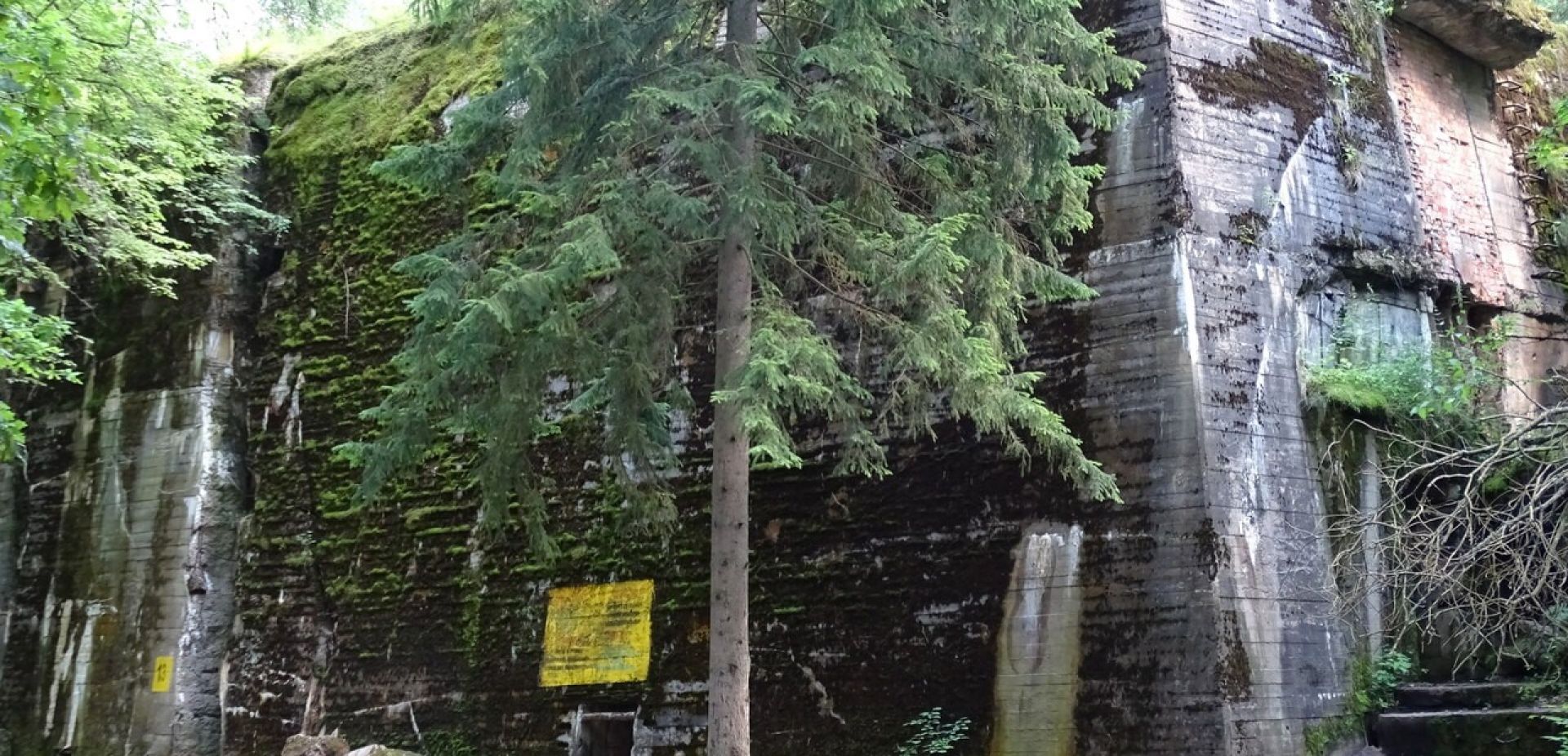
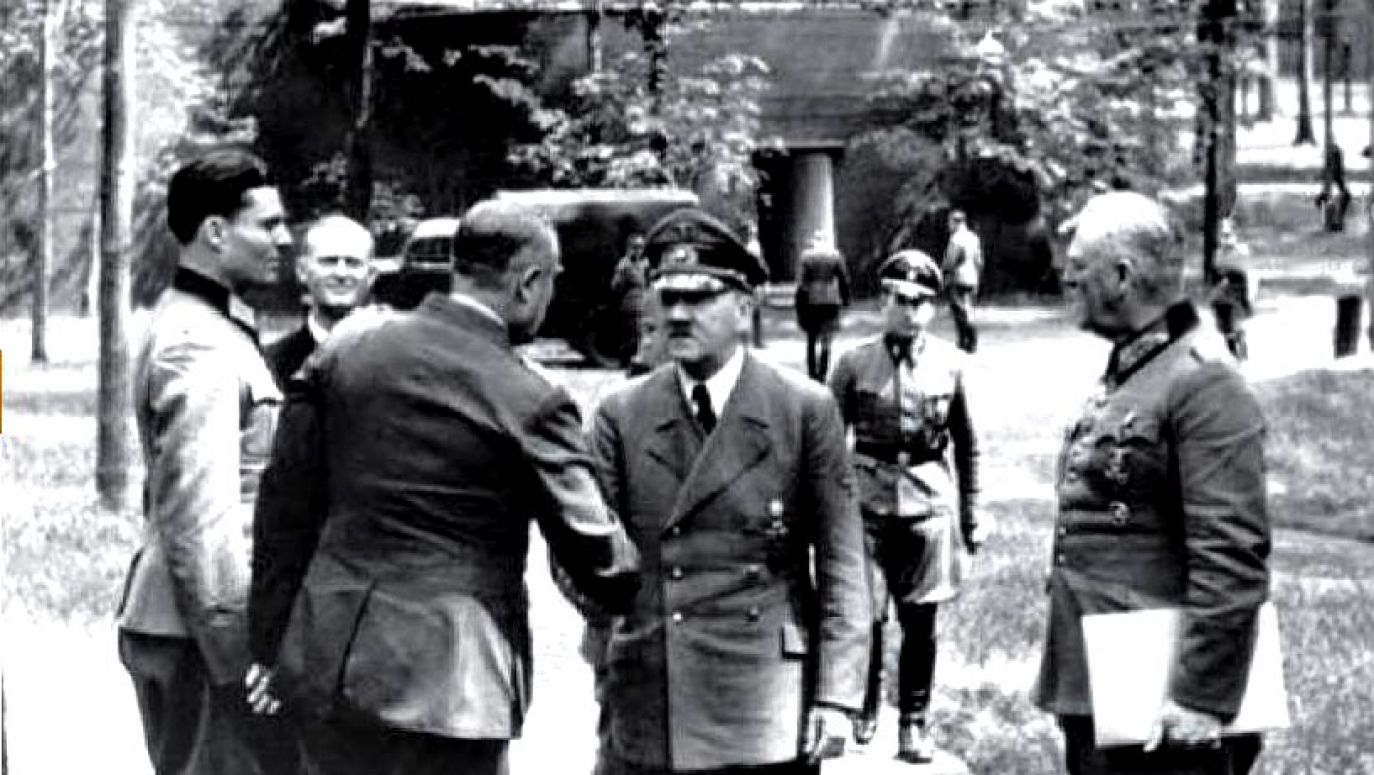
 SIGN UP TO OUR PAGE
SIGN UP TO OUR PAGE 
